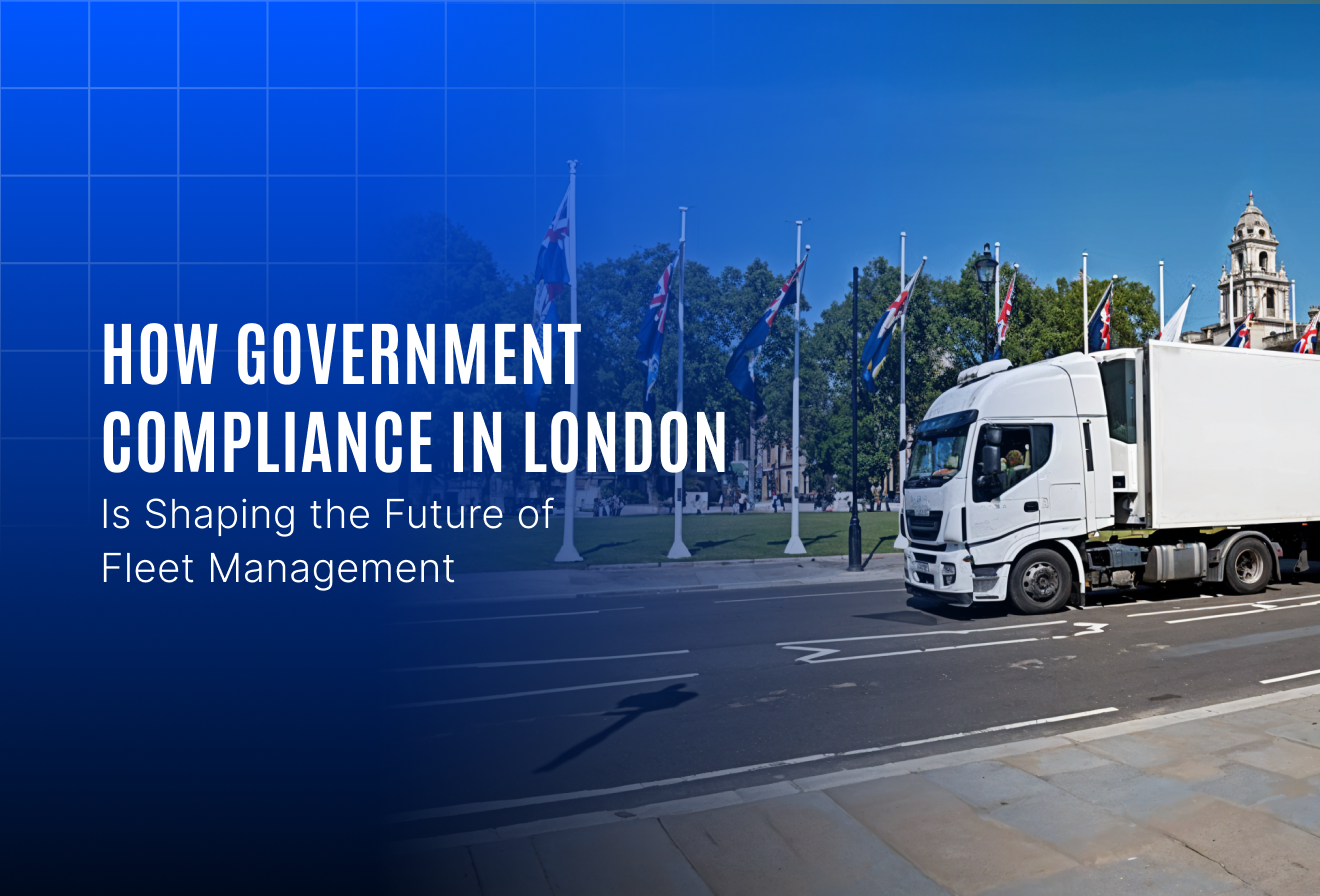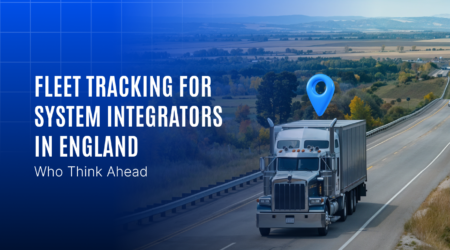In London, fleet operators are under increasing pressure to comply with strict government regulations. With initiatives such as the Ultra Low Emission Zone (ULEZ), Direct Vision Standard (DVS), and digital compliance reporting, the demands on transport businesses are rising fast.
To meet these requirements and remain competitive, businesses are turning to smarter, more capable fleet management systems. These systems not only help fleets stay compliant but also improve safety, reduce emissions, and cut costs.
This blog explores how London’s regulatory framework is reshaping fleet operations and which key features in a fleet management system are now considered essential in the city’s transport ecosystem.
Compliance-Driven Changes Affecting London’s Fleets
London has introduced several policies aimed at improving air quality, road safety, and operational transparency. These regulations directly impact how fleets operate—and how technology is used to stay compliant.
1. Ultra Low Emission Zone (ULEZ)
The ULEZ requires vehicles to meet strict emission standards or pay a daily charge. This policy affects both public and private fleets operating within Greater London.
Implications for fleet operators:
- Need for monitoring vehicle emission classes
- Planning routes that avoid restricted zones or minimize costs
- Upgrading fleets or switching to EVs (electric vehicles)
2. Direct Vision Standard (DVS)
DVS mandates that HGVs over 12 tonnes must meet specific safety standards to operate in London. This includes having cameras, sensors, and alerts to ensure the driver has better visibility.
Impact on operations:
- Installation of compliant safety equipment
- Real-time driver assistance systems
- On-board recording and auditing tools
3. Digital Compliance and Enforcement
From driver hours to roadworthiness, authorities are moving toward digital enforcement and audits. Fleets must maintain accurate, accessible records on everything from servicing to route logs.
What it means:
- Manual logs are no longer reliable
- Fleets need digital records of trips, inspections, and driver behaviour
- Failing to comply can lead to fines or restrictions
Why a Fleet Management System Is No Longer Optional
Modern compliance is not just about having the right hardware. It’s about data—knowing where your vehicles are, how they’re performing, and how they align with government requirements. A fleet management system centralizes all this information and helps businesses stay audit-ready at all times.
Let’s break down which features are now critical for fleet operators in London, and how each supports compliance.
Key Features of a Fleet Management System Supporting Compliance in London
Real-Time GPS Tracking
In cities like London, where ULEZ and Congestion Zones demand precise route control, real-time tracking helps fleets stay aware of every vehicle’s location and movement. It enables smarter route planning and location-based decision-making.
- Identify when vehicles enter or exit restricted or high-charge areas
- Re-route vehicles dynamically to avoid congestion or compliance zones
- Access time-stamped location history for documentation and analysis
EV Monitoring and Support
As fleets shift to electric vehicles to meet emissions targets, tracking energy performance becomes critical. Fleet systems now assist in managing EV-specific needs while aligning with sustainability goals.
- Monitor battery charge status and energy consumption across routes
- Identify nearest compatible charging stations for route-based planning
- Avoid unexpected delays by scheduling optimal charging breaks
Automated Compliance Reporting
Managing digital records for audits and regulations is now a necessity. A fleet management system reduces manual tasks by collecting and organizing critical compliance data automatically.
- Generate digital logs for trips, vehicle inspections, and maintenance
- Store tachograph and driver behaviour records in one place
- Export reports for regulatory checks or internal reviews
DVS-Ready Driver Assistance Tools
For heavy vehicles operating under London’s Direct Vision Standard (DVS), safety features are now a requirement. Integrated assistance systems enhance visibility and reduce blind-spot risks.
- Alert drivers to surrounding objects, cyclists, or pedestrians
- Record camera footage for safety validation and incident review
- Support compliance with DVS safety technology guidelines
Driver Behaviour Monitoring
London’s road safety expectations are high, and driver accountability is a growing focus. Monitoring driver behaviour helps improve on-road conduct while supporting legal and insurance processes.
- Track incidents like harsh braking, over-speeding, and idling
- Review driver working hours and break durations for compliance
- Identify training needs based on recurring behaviour patterns
Predictive Maintenance and Service Alerts
To remain compliant and reduce downtime, fleets must anticipate servicing needs. Intelligent maintenance tracking ensures vehicles are always road-ready and inspection-compliant.
- Get automatic alerts for upcoming MOTs(Ministry of Transport test) or vehicle servicing
- Track part wear and mileage-based maintenance intervals
- Maintain a digital service record accessible during audits
Sector-Specific Impact in London
Logistics & Last-Mile Delivery
- ULEZ charges affect profit margins on low-value, high-volume deliveries
- Route optimization and load balancing become essential
- Time-stamped delivery reports support client transparency
Construction and Heavy Vehicles
- DVS mandates safety kits and visibility tools
- Fleet systems provide vehicle-specific risk alerts
- Load monitoring helps avoid overloading and safety violations
Public Transport & Commuter Fleets
- Real-time ETA tracking improves passenger trust
- Geo-fencing supports route compliance and timing control
- Driver scorecards help reduce insurance premiums and accidents
The Road Ahead: Digital-First Compliance
With the UK government moving toward net-zero targets, digital compliance will only intensify. London is already a testing ground for other cities planning similar emission zones and transport regulations.
Businesses that adopt a fleet management system now gain a competitive edge:
- They reduce their risk of penalties
- They optimize operational efficiency
- They future-proof their fleets for ongoing regulation
 Conclusion
Conclusion
Government regulations in London have accelerated the shift toward smarter, compliant, and sustainable fleet operations. From ULEZ to DVS, the rules are clear: operate cleaner, safer, and more transparently—or pay the price.
A reliable fleet management system empowers fleet operators and system integrators to meet these challenges head-on. With the right features in place, businesses can go beyond compliance—toward growth, safety, and long-term success.













